“When Abibalus was dead, his son Hiram received the kingdom.” – Josephus
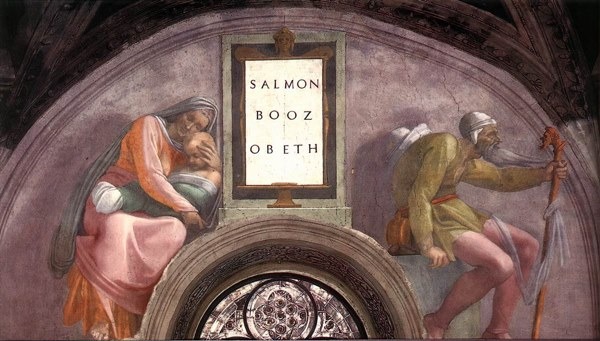
The ancient historian and priest of Byblos, Sanchuniathon or Sanchoniatho (Phoenician: 𐤎𐤊𐤍𐤉𐤕𐤍) had dedicated his books on Phoenician history to King Abibalus (Abibalos, Abedbalos, or Abi’Baal Phoenician: 𐤀𐤁𐤅𐤁𐤏𐤋 – meaning “My father is Baal”) who reigned approximately in the 10th century BC.
It was said Sanchuniathon’s book on the history of his race was later translated by Philo Byblius which was approved by other investigators and he is highly commended for his history by both Porphyry and Eusebius and he is quoted by both Meander of Pergamon and later by the Roman-Jewish historian, Josephus Flavus.
Father of Early Christian history and Bishop of Caesarea, Eusebius had written in Praeparatio Evangelica I-IX;
“Now, the historian of this subject is Sanchuniaton, an author of great antiquity, and older, as they say, than the Trojan times, of whom they give testimony of having been approved by the exactitude and the truth of their Phoenician history. Philo of Byblos, not the hebrew one, translated all his work from the Phoenician language into Greek, and published it.”
Josephus informs us that these kings kept careful records, “That the Tyrians had their public Records, which they carefully preserved; in which were written the most material Transićtions relating both to themselves and other neighbouring Nations. In which was “ particularly recorded that Solomon built the Temple at Jerusalem 148 Years and eight Months before the Tyrians built Carthage.”
It would make sense that these people kept careful records given the fact that the Phoenicians and the location of the so-called Tyrians was also known as Byblos and this name is very close to the name of this king – Bab-lus without the appellation of Abi which means father.
They are some of the first people to invent writing and were the inventors of the most famous book we know as the Bible is the Old Testament (Old Law), they were said to be judges of their people and they were also heavily involved in commerce with papyrus being one of their biggest businesses.
According to Josephus and Menander who would most likely hail from the same family since they were in charge of keeping records thereafter, from the time of King Abibalus to the death of King Hiram’s son, Ithobaal or Ethbaal, which occurred about the time of the fall of Troy, was 169 years.
As you can see, Abibalos is famously listed in history and in the Bible as the first king of Tyre and Berytus and also as King Hiram’s father (Abi) but not much else is said to be known about him.
In researching history for this king, I have found various spellings of his name over the last 2,000 plus years such as the Phoenician: 𐤀𐤁𐤅𐤁𐤏𐤋, Latin: Abibalus and also Abedbalos, Abibalos, Abibal, Abida, Abdon, and can be connected to the Old Testament prophets and judges of Israel known under the names of Obed, Obediah, Ebed, Bedan, and or Beda and even the name Abbadon.
Also, this same king is listed as the king of many place names such as Tyre, Byblos, Berytus etc. which I hope to prove to all be the same king and place.
To quickly recap a previous article that had shed some light on the king’s real name which is based on the most recent archaeological evidence that I had written about in – King Hiram’s Son: Ithobaal.
Proof of the king’s real name was found when in 2012 by archaeologists working for Prof. Yosef Garfinkel of the Institute of Archaeology of the Hebrew University and Saar Ganor of the Israel Antiquities Authority (IAA) when they discovered a 3,000-year-old clay jar with ancient Phoenician writing in which they deciphered the meaning in 2015 which read;
“Ishba’al, son of Beda”.
The meaning they say is “man of Baal, son of Beda.”
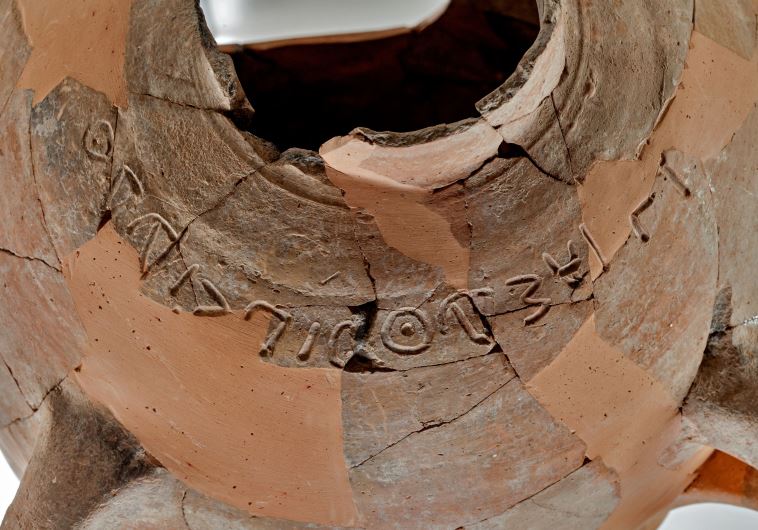
The scientists working on the discovery claimed that “The name Beda is unique and does not occur in ancient inscriptions or in the biblical tradition.”
As I mentioned in my previous article, this name we can easily connect in ancient history to King Abedbalos because it is very close with almost the exact same letters to a king who lives around this same time in the same area called “Abed-Balos, Bedan and or Beda.”
In the Jewish Antiquities, 8.144-149, Josephus quotes Menander of Pergamon who translated the Phoenician history into the Greek language, where he makes mention of both King Abibalus and upon his son Hiram whom dedicates a pillar in the temple to Zeus with timbers he had cut down from mount Lebanon and builds two temples. Josephus writes;
“When Abibalus was dead, his son Hiram received the kingdom from him, who, when he had lived fifty-three years, reigned thirty-four. He raised a bank in the large place and dedicated the golden pillar which is in Zeus’s temple.
He also went and cut down materials of timber out of the mountain called Lebanon, for the roof of temples; and when he had pulled down the ancient temples, he both built the temple of Heracles, and that of Astarte; and he first set up the temple of Heracles in the month Peritius; he also made an expedition against the Itureans, who did not pay their tribute, and when he had subdued them to himself he returned.
Under this king, there was Abdemon, a very youth in age, who always conquered the difficult problems which Solomon king of Jerusalem commanded him to explain.”
In “The Babylonians (Against the Greeks, 1.21)” Josephus again quotes Menander to show that Ithobaal [III] was the last king of Tyre after Nebuchadnezzar had conquered Tyre and that during Ithobaal [III]’s reign, Cyrus became king of Persia. Josephus had written;
“I will now add the records of the Phoenicians; for it will not be superfluous to give the reader demonstrations more than enough on this occasion. In them we have this enumeration of the times of their several kings:
Nebuchadnezzar besieged Tyre for thirteen years in the days of Ithobaal [III], their king; after him reigned Baal [II], ten years; after him were judges appointed, who judged the people: Ecnibalus, the son of Baslacus, two months;
Chelbes, the son of Abdeus, ten months; Abbar, the high priest, three months; Mitgonus and Gerastratus, the sons of Abdelemus, were judges six years; after whom Balatorus reigned one year; after his death they sent and fetched Merbalus from Babylon, who reigned four years; after his death they sent for his brother Hiram, who reigned twenty years. Under his reign, Cyrus became king of Persia.”
I had written about this history in a previous article, Cyrus the Great: The Masonic Messiah and His Masons at the City of Gnosis on Crete.
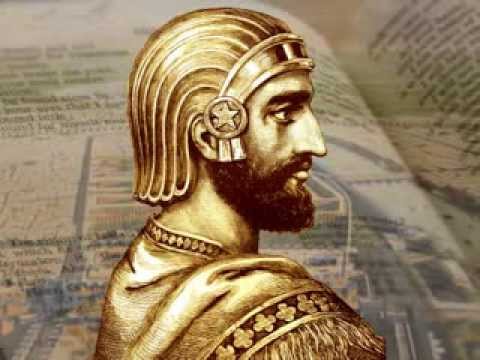
In the Old Testament, Ezra (3.7) infers that Jews and Phoenicians renew commercial relations:
“So they gave money to the masons and the carpenters and food, drink and oil to the Sidonians and Tyrians to bring cedar trees from Lebanon to the sea to Joppa, according to the grant that they had from Cyrus, king of Persia.”
Cyrus being arrived at Gnossos/Knossos the Capital of Crete goes to see the Temple of Olympian Jupiter , & admires the structure & ornaments of it, 5. He meets there Pythagoras, 9. Who informs him of the doctrine of Orpheus concerning the Golden age , II. He also relates to kirn the public dispute he had with Anaximander , with the arguments on hath fides , & how he got the victory with the help of a Miracle , IJ-X5.
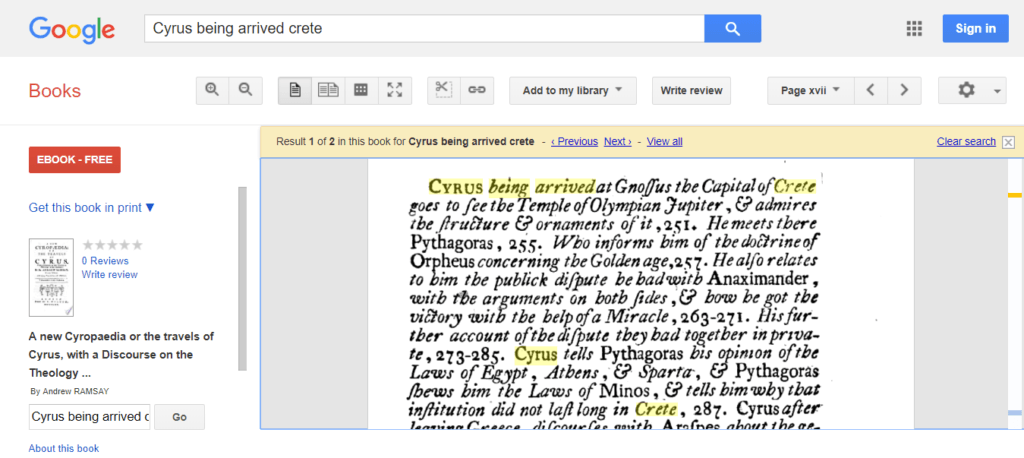
To the ancient Phoenicians, King Cyrus had left a lasting legacy on their history in restoring both the Temple of Solomon and also their religion. He is referred to by the Jewish Bible as Messiah (lit. “His anointed one”) (Isaiah 45:1), and is said to be the only non-Jew to be called so:
“So said the Lord to His anointed one, to Cyrus.” — Isaiah 45:1-7
The Masons now say, “Hence, from this connection of Cyrus with the history of Masonry, he plays an important part in the rituals of many of the high degrees.” (ENCYCLOPEDIA OF FREEMASONRY AND ITS KINDRED SCIENCES By ALBERT G. MACKEY, M.D.)
Dius, a Greek Hellenistic historian often cited by Josephus also makes mention of King Abibalus and his son Hiram’s building projects. He writes:
“When Abibalus was dead, his son Hiram reigned. He raised the eastern parts of the city higher, and made the city itself larger.
He also joined the temple of Jupiter, which before stood by itself, to the city, by raising a bank in the middle between them, and he adorned it with donations of gold.
Moreover, he went up to Mount Lebanon, and cut down materials of wood for the building of the temples.”
It is interesting to note that the King of Persia is considered a saviour to the Phoenicians of Byblos AKA Tyre and now Knossos on Crete whose family is represented by their first King Abibalus.
Sanchuniathon lists Abibalos (Abibalus) as the first king of Berytus but Josephus, writing in Latin, had written that King Abibalus was the first king of Tyre and Hiram whom he calls his son as the second king.
In researching this word and place, I have found the ancient name of Berytus was later substituted with Tyre in the historical records and it had been spelt many different ways throughout the course of time which includes many different changes depending on the country and language and also the historian charged with concealing (covering) the truth for Noble purposes.
For example, I find it interesting that we hear only once in Scripture of Tyre, but frequently of Beeroth and this same city is Biblically connected to King Hiram’s son in 2 Samuel 4:2 to Ishbosheth, who is said to be “Saul’s son,” had two men who were captains of bands: the name of the one was Baanah, and the name of the other Rechab, the sons of Rimmon the Beerothite, of the children of Benjamin (for Beeroth also is reckoned to Benjamin.)
The place known as Beeroth and Berytus is also called Berith, Beirut, Beyroot, Beeroth, Berouth, and Baruth is variously translated in modern times like in the King James Bible as “Beeroth of the children of Jaakan” (KJV); “the wells of Bene Jaakan” (NKJV).”
I would like to point out that in the word, Berytus, you will also find the word Tyre but spelt backwards – Berytus.
Some writers such as Hesiod say that Sanchuniathon was a native of Beirut and ‘obtained the records’ from a priest with the name of Hierombalos, and Abibalos, king of Beirut or, according to others, at Tyre.
He flourished a few years before the Trojan war, and, according to others, about the time that Gideon judged Israel. The name Hierombalos can be also be connected to Hiram-Baal.
Strabo speaks of two islands in the Persian Gulf, called Tyros or Tylos and Aradus, in which temples were found similar to those of the Phoenicians and places Zidon fifty miles from Berytus, and twenty-five from Tyre. Joshua, xi, 8, calls it “Sidon the Great,” by way of eminence. Josh. xix, 28,
As you can see with the many different names and spellings for the same history over the last 2,000 plus years, this history can be confusing but it begins to make sense once you connect all these names and different spellings as one.
In the ancient Scripture, the city listed as Beeroth (AKA Berytus, Berith, Beirut, Baruth, and Tyre) was located seven miles from Jerusalem, toward the city of Nicopolis. Beeroth is said to be of the Children of Jaakan (Jachin) and a city of the Gibeonites (Masons) Joshua 9:17; assigned to Benjamin 2 Samuel 4:2.
Eusebius says, Beeroth was seven miles from Jerusalem, toward Nicopolis. Jerome, writes Neapolis, or Naplouse instead of Nicopolis or The Holy Village of Ayios Nikolaos.
Nicopolis was anciently called Neapolis (Naplouse or Napolose) by Jerome and is listed as a city in Samaria between the Mountains of Gebal and Gerizem approximately 24 miles North of Jerusalem. As you can witness with all names from this time, the city Jerome calls Neapolis is also known as Nicolopolis and I have found it also under the names of Sychar, called also Sichem, and Shechem.
In researching these names, you will find that Neapolis is where St Paul arrived from the island of Samothracia and is listed as an ancient seaport town of Macedonia, east of Philippi (Acts xvi. 1 1.)
In the Book of Deuteronomy, we learn that “Moses went up from the plains of Moab unto the mountain of Nebo, to the top of Pisgah, that is over against Jordan,” to view the Promised Land before his death; and, in Deut. xxxii. 49, he is commanded, “Get thee up into this mountain Abarim, unto Mount Nebo, which is in the Land of Moab.”
Interestingly, we learn that Nebo is an important mountain that was taken or conquered by a people called the Moabites which then becomes “The Land of the Moabites and Nebo, the mountain of Moses AKA The Law.”
Nebo (Nabau), a mountain is celebrated as the scene of the death of Moses – a place in the tribe of Judah, Ezra ii. 29; Neh. vii. 33, a town belonging to the tribe of Reuben, taken by the Moabites, who held it in the time of Jeremiah (xlviii. 1).
This same mountain is called Lebanon by Josephus and Dius who Ptolemy says represent the two chains of Lebanon and Anti- Lebanon as commencing at the Mediterranean — the former on the north, the latter on the south (Geog. 5:15). Diodorus Siculus describes this mountain as extending along the coast of Tripolis, Byblus, and Sidon (Hist. 19:58); and the Litany falls into the sea a few miles south of Sidon.
We are told that “Moses, the servant of the Lord, died there in the Land of Moab, according to the word of the Lord; and he buried him in a valley in the Land of Moab, over against Bethpeor, but no man knoweth of his sepulchre unto this day (except Moe or Mo-Ab).”
The name Moab or Mo-Ab also further gives us a clue to the origins of these people.
Moab is known as an incestuous son of Lot; also his territory and descendants as Moab and The Land of Moab is the nation of which Lot’s son is represented as ancestor – Genesis 19:37; Numbers 21:29; Numbers 22:3 (twice in verse); Amos 2:1,2; Jeremiah 48:1,230t. Jeremiah 4:8 + often; having a king, Numbers 21:26; Numbers 22:4,10; Judges 3:12; 1 Samuel 12:9 +.
The Scripture tells us that King David’s great-grandmother Ruth was from Moab and a Moabitess.
There was constant fighting between Israel and Moab and both Saul and David fought there, and one of the Judges, Ehud, subdued Moab for 80 years (Judges 3:26-30).
If we are to look to history which will coincide with the Scripture, we will find that the Menander mentions King Hiram’s Son: Ithobaal (Ethbaal) who Josephus on the authority of the Tyrian annals says in against Apion, i. 18. that Ethbaal, the king of Tyre, whose daughter Jezebel was Ahab’s queen, succeeded Hiram, the contemporary of Solomon.
So, Ithobaal (Ethbaal, Eshba’al Ben Shaul or more appropriately, Eshba’al Ben Bada) who was the son of Hiram and grandson of Abibalus, had given his daughter to the King of Isreal, Ahab in marriage which means they would now be united tribes and of a new mixed blood/DNA.
Later, we learn Moab had freed itself from Israel’s domination after King Ahab’s death and it makes sense because they were now united tribes/kingdoms and of a new mixed blood/DNA which would make a new will for their descendants which would take the form of a new book or New Testament making the Old Law of blood and will ie: the Old Testament obsolete.
Moab plays into the story of King Abibalus and his son Hiram given the fact that we find in the Scripture that they are the descendants of a Moabite widow. But in the Bible, you will find their names are spelt differently from the Abibalus of concealing while revealing their true identities.
For example, there are several Obed’s listed as the name of several Israelites and one as the grandfather of King David who is the son of Boaz and Ruth – the Moabite widow (Widow’s Son) Ruth 4:17, Ruth 4:21 = 1 Chronicles 2:12; Ruth 4:22 Boaz is of the clan of Elimelech – meaning “God is King or My God if King.”
“And Boaz begat Obed, and Obed begat Jesse.” Boaz was of the tribe of Judah, and he was the son of a prince in Israel. This important child was a mixed-race that we know as Obed, became “the father of Jesse, the father of David.”
As I mentioned above, there are several prophets of Baal named Obadiah and Obed (Obad-iah vs. Abed-balos). and the form of Obadiah’s name used in modern Obadyah or Obadyahu and old Phoenician as Ebed or Abad, the Greek as Ióbéd and Obed or Obed-Edom; Septuagint is Obdios and Jehoiada, or as Abadias (ab-a-di’as), Abdiou, which I believe now can also be easily etymologically connected also to the name Abibalus.
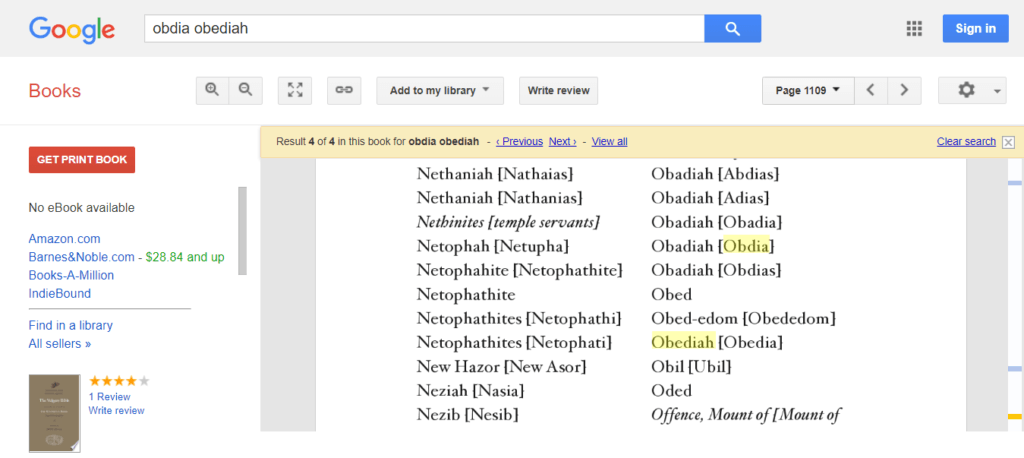
So, now we know based on historical accounts and several various citations, Obediah is the same as Obed and or Ab-Dias
Moab was a nation in which the city of Tyre was also located. However, if we are to search for Tyre in the Scripture and ancient history, we will find that it is only mentioned once in the Bible and was actually more commonly known as Beeroth (AKA Berytus, Berith, Beirut, Baruth) and now Byblos which was located 7 miles from the city of Nicopolis.
A city anciently called Neapolis and today as The Holy Village of Ayios Nikolaos which is near a mountain known as Mount Ida (Idumeans/Judeans) but anciently called by names such as Gebal, Nebo, Sychar, Sichem, and Shechem.
In searching for the mountain Gebal and as I explained in a previous article, Giblim: The Bible’s First Masons in the City of Our Lord, this is where the Gibeonites had come from and were also known by such names as the Giblites or, in Masonic language, Gibalim or Giblemites which they say is synonymous with Mason.
These first Masons hail from the City of Giblim which is also spelt under a plethora of names like Gebal, Gabala, Gubla, Giblim, Gibili, Gibyle, Givlim, Gebalene, Idumea, Judea and by the Arabs as Jebeil, Jubal and the Byblus/Biblus/Byblos of the Greeks.
The same Masons who honor their forefather’s achievements and ensure they are both remembered and carried out through the rites and rituals of the Craft.
For example, we know that in the legends of Masonry the Widow’s Son is called Hiram Abiff whose Masonic genealogy lists Tubal-Cain as his father. The name Hiram Abiff means “Father of Hiram” and does not apply to Hiram himself, but to his father who we know under names such as Abibalus and also Abedbalos, Abibalos, Abibal, Abida, Abdon, and can be connected to the Old Testament prophets and judges of Israel known under the names of Obediah, Ebed, Bedan, and or Beda and even the name Abbadon in Revelation.
They were also the chief scribes and judges for Israel ie: the Levites who were put in charge of the book the law by King David which became the Old Testament which was written as both proof of this history and a will for these people saying what should be done after they die.
These records detail the culture and history of the Sidonians whom the Tribe of Levi or Levatine renowned cities such as their first – Byblos and many others-from which Phoenician influence on Mediterranean art, religion, and commerce spread.
With that established, we can now say that “Biblos was built by Balus or Abi-Balus” – the city that he had founded.
He is also known in the Bible as Obed or Obediah and in Masonic lore as the father (Abiff) of Hiram.”
The true father of the original Scribes of the Old and New Testaments and the first Masons. – “The Widow’s Sons.”
PS – The Bible says that King Saul named his fourth son Eshba’al (1 Chronicles 8:33).

Moe is the founder of GnosticWarrior.com. He is a father, husband, author, martial arts black belt, and an expert in Gnosticism, the occult, and esotericism.

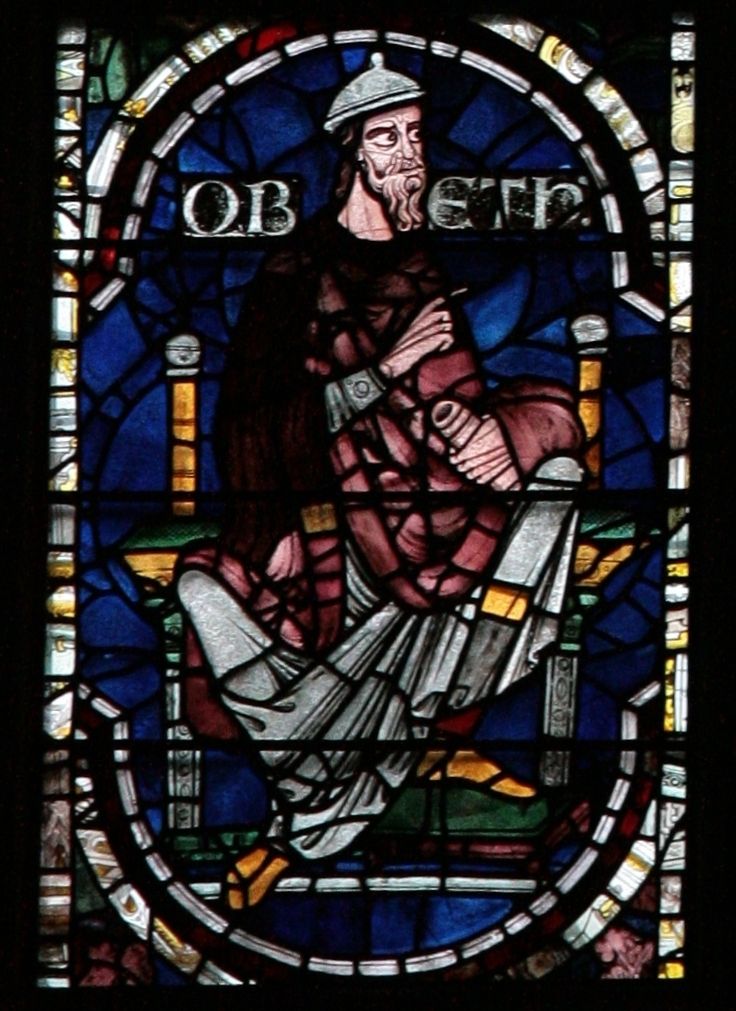
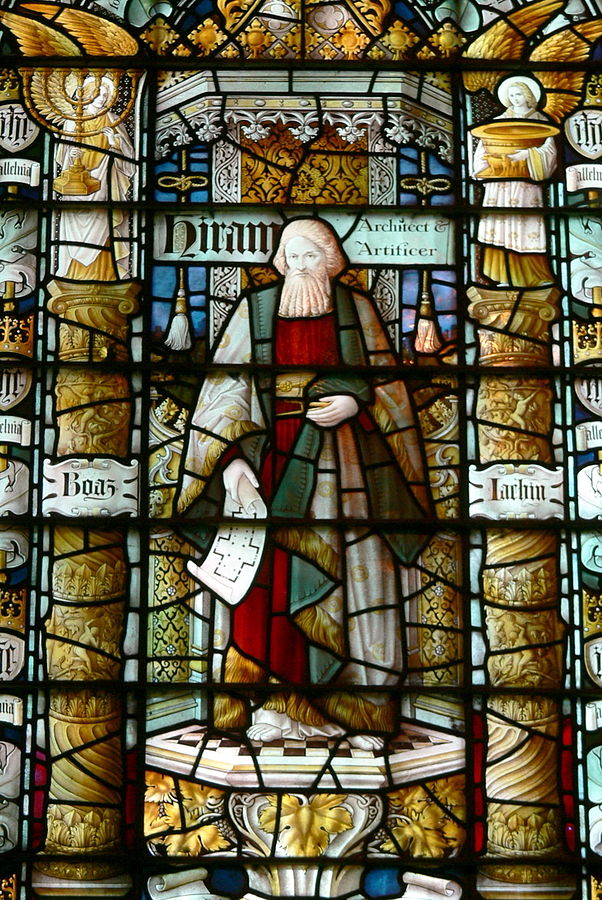
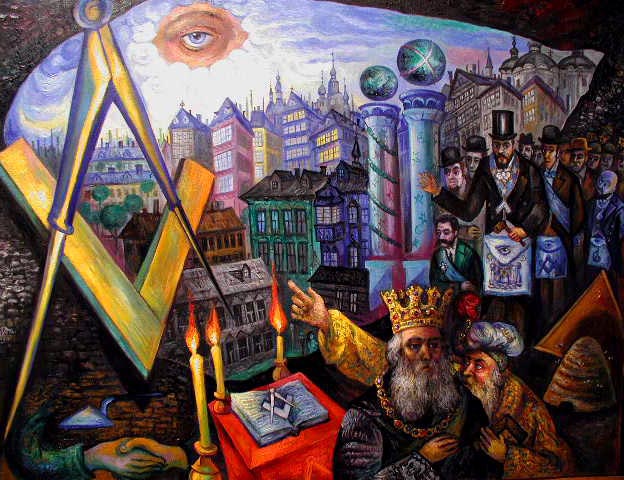
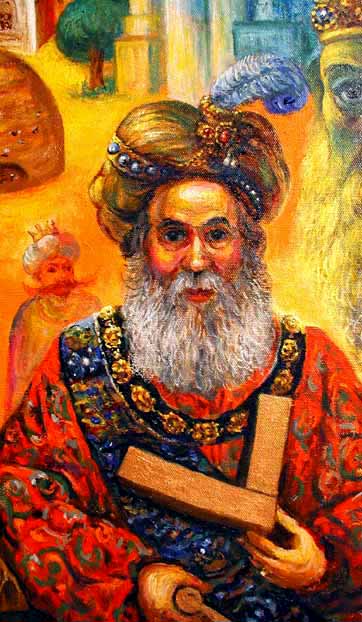
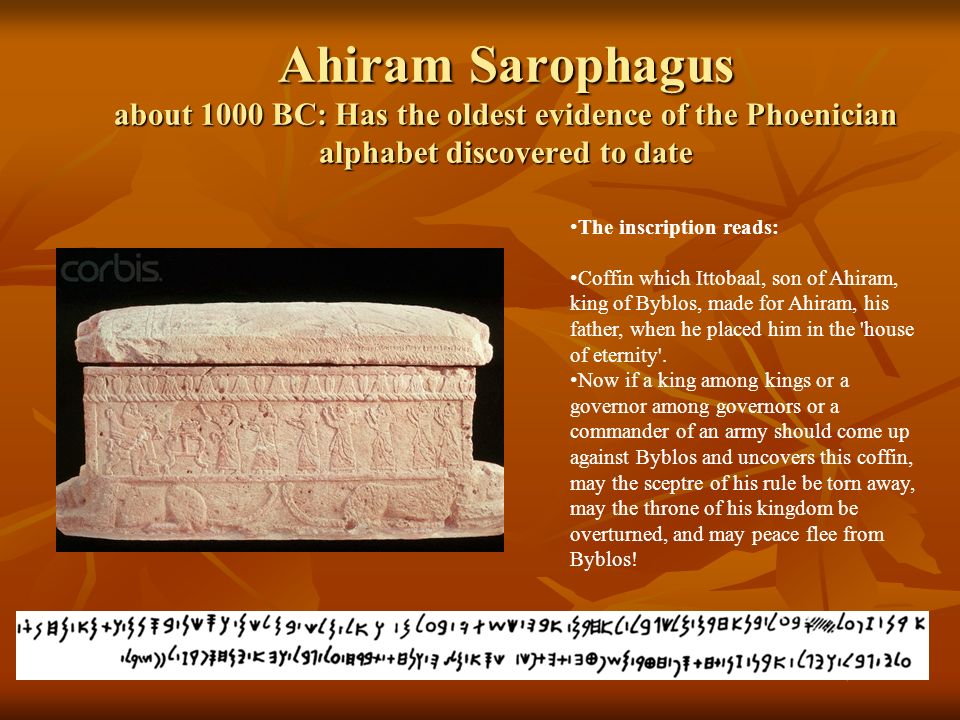
![How King Caedwalla, king of the Gewissae, having slain Ethelwalch, wasted that Province with cruel slaughter and devastation [685 A.D.] | Book 4 | Chapter 15 How King Caedwalla, king of the Gewissae, having slain Ethelwalch, wasted that Province with cruel slaughter and devastation [685 A.D.] | Book 4 | Chapter 15](https://www.gnosticwarrior.com/wp-content/plugins/contextual-related-posts/default.png)

Just want to add. Hiram is said to be Hermes by Albert Pike. Hermes is equated to someone in the Bible and that person is linked to the father of Eshbaal (many links e.g. location, Moses, ). Took me a while to figure it out. Hope this makes sense.
Another idea. Sometimes certain gnosis are revealed in books and movies like the Matrix. I see some possible occult knowledge in the movie Dune. Lots of sandworms who produce the spice melange. Is this the loosh? Being an impatient person, I read the wiki of the main character Paul. The son of Paul, Leto Atreides 2, later merged with the sandworm. Could this be inspired by Hermes?
Very interesting. I’m an amateur in gnosis so let me indulge in my hypothesis. I do think this trade among the phoenicians, masons, Sidonians, Hiram etc. was more than material goods.
“money to the masons […] food, drink and oil to the Sidonians”
Compare this to the bible 1 Kings 5:8–10: “And Hiram sent to Solomon, saying, “I have heard the message which you have sent to me; I am ready to do all you desire in the matter of cedar and cypress timber. My servants shall bring it down to the sea from Lebanon; and I will make it into rafts to go by sea to the place you direct, and I will have them broken up there, and you shall receive it; and you shall meet my wishes by providing food for my household.”
1 Kings 5:6: cut timber like the Sidonians.
Lebanon, from which cedar is found, is also the greek word for frankincense which is used to anoint the holy. It is part of the three spices gifted to Jesus by the magi. I’m leaving some of the details out but basically, it looks like cedars are messages from the etheric realm. Messages from the divine can pierce “timber”, possibly the world tree. The Sidonians can get the divine messages to travel through different realms. Hiram (Hermes?) is able to act as a messenger between the divine and Solomon.
Or maybe the cedar is used to separate the physical and etheric realms.
In return, Solomon provides “food” to Hiram’s household. Jews give money to the masons and control of the realm to the Sidonian phoenicians.